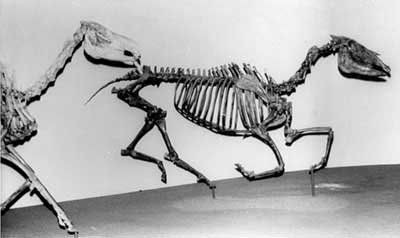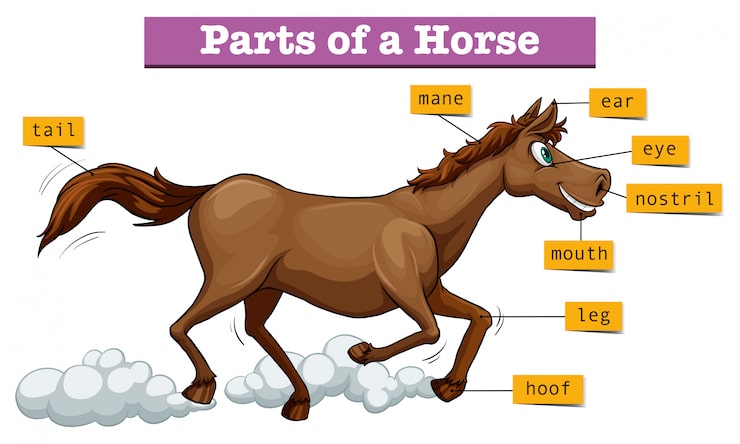The Evolution of Horses: From Eohippus to Modern Equus

The story of horse evolution is a fascinating journey through millions of years, showcasing remarkable adaptations and transformations. This article explores the evolutionary path from the small, forest-dwelling Eohippus to the majestic modern horse, Equus.
Introduction
Horses have undergone significant evolutionary changes since their earliest ancestors appeared around 55 million years ago. Understanding this progression helps us appreciate the diversity and specialization of modern horses.
Early Ancestors: Eohippus
- Time Period: Early Eocene (~55 million years ago)
- Size: About the size of a small dog (roughly 12-14 inches tall)
- Habitat: Dense forests
- Characteristics: Eohippus had multiple toes (four on the front feet, three on the hind feet) and teeth adapted for browsing soft leaves.
Evolutionary Milestones
| Ancestor | Time Period | Key Features |
|---|---|---|
| Eohippus | Early Eocene | Small size, multiple toes, forest dweller |
| Mesohippus | Late Eocene | Larger size, three toes, teeth for tougher plants |
| Merychippus | Miocene | Increased size, development of high-crowned teeth, beginning of single-toe dominance |
| Pliohippus | Pliocene | Nearly modern horse size, single toe, fast runner |
| Equus | Pleistocene to present | Modern horse, single toe, adapted for running on grasslands |
Adaptations Over Time
- Toe Reduction: From multiple toes to a single hoof, improving speed and efficiency.
- Teeth Evolution: Transition from browsing soft leaves to grazing tough grasses, leading to changes in tooth shape and enamel.
- Size Increase: Larger body size helped with survival in open grasslands.
- Limb Structure: Longer limbs for faster running and endurance.
Modern Equus
Today’s horses belong to the genus Equus, which includes horses, zebras, and donkeys. They are well-adapted to a variety of environments, from grasslands to deserts.
Frequently Asked Questions (FAQ)
Q1: How long did it take for horses to evolve from Eohippus to modern Equus?
A1: The evolution spanned approximately 50 million years, with gradual changes accumulating over time.
Q2: Why did horses lose their extra toes?
A2: Toe reduction improved running efficiency and speed, which was advantageous in open habitats.
Q3: Are modern horses directly descended from Eohippus?
A3: Yes, modern horses share a common ancestor with Eohippus, but they have evolved significantly since then.
Conclusion
The evolution of horses is a testament to the power of natural selection and adaptation. From a small forest dweller to the swift and strong animals we know today, horses have continuously evolved to meet the demands of their changing environments.
This structured and detailed approach not only makes the content SEO-friendly but also engaging and informative for readers interested in paleontology, evolution, and animal biology.
